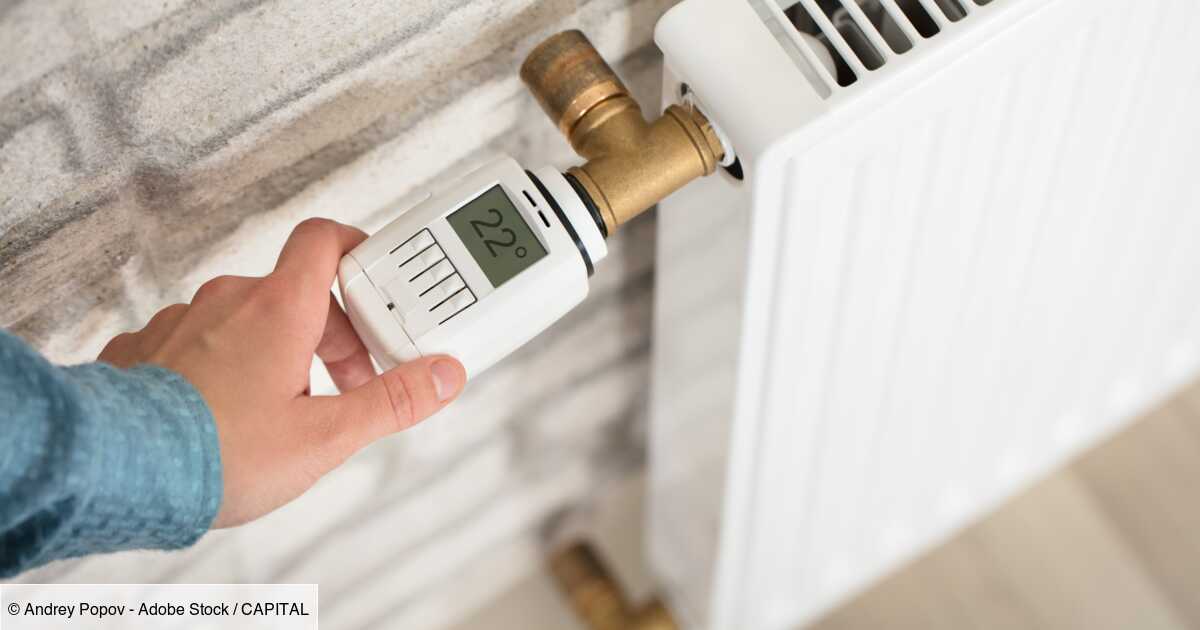
Since 2015, in most co-ownerships, heating costs must no longer be distributed according to the percentages of each occupant but individualized according to the actual energy consumption of each lot. The company Ista has developed a simulator to allow you to know if you are forced to take action, and the gains you could make.
© Andrey Popov – Adobe Stock
-
To safeguard
Saved
Receive alerts Co-ownership
Although compulsory since 2015, the individualization of heating costs (IFC) is far from having been adopted by the entire collective housing stock. According to the Measurement Union Observatory, only 43% of condominiums (2 of the 4.1 million concerned) with central heating took action in the third quarter of 2024. A figure which should however rise to 44% by the end of the year, the union anticipates. “The co-owners do not yet know the system well enoughestimates Laurent Sireix, president of Ista, a company which has already supported 10,000 co-owners in this process. A flash mission of the National Assembly had already pointed out this pitfall.
This is why the company presented at the condominium fair in November a simulator which allows owners to know whether their building – those consuming more than 80 kilowatt hours of energy per square meter per year and which can technically accommodate distributors heating costs – is concerned by this obligation to individualize heating costs as well as the associated gains. It will be accessible to the general public from January, the company promises, and will serve as customer prospecting. “If they are billed according to their actual energy consumption, and not in proportion to their co-ownership fees, households demonstrate greater energy efficiency. So much so that the building’s energy consumption decreases by 15% from the first year”welcomes Laurent Sireix.
200 euros in annual savings
If it takes the IFC step, a co-ownership hires a company responsible for installing a cost spreader on the radiators in each accommodation. Actual consumption is then calculated using a remote reading. In fact, the overwhelming majority of the co-ownerships concerned operate on gas. And on average, a condominium consuming 154 kilowatt hours per square meter per year can generate 200 euros in annual savings per apartment, thanks to the individualization of heating costs. To calculate this amount more precisely, Ista will ask you to provide information about your co-ownership: the type of heating and the energy used, the age of the boiler (the older it is, the greater the savings), the age of the condominium or the number of facades equipped with windows to measure energy loss.
© ISTA
– The ISTA simulator makes it possible to quantify the energy savings achievable for each co-ownership forced to individualize heating costs.
Concretely, when they vote on the IFC at a general meeting, the co-owners choose a company which will be responsible for this service. And all companies specializing in IFC operate on the same economic model: that of maintenance-rental. Ista plays the role of service provider who takes responsibility for the heating system during the lifespan of its remote reading devices, guaranteed for 10 years. “We take care of the device if it breaks downspecifies Laurent Sireix. We ensure the initial investment, so that the gains appear from the first year for the co-owners”. In exchange, each co-owner pays on average four euros per month. This contribution is proportional to the number of distributors installed (and therefore to the surface area of the apartment). Each owner can, as an option, consult the consumption of each of their radiators to see the savings made.
Energy: are we finally going to individualize heating costs in collective housing?
A reliable tool?
Encouraging households to be more sober, and in the process reducing their bills, is the solution perfect? The Association of Condominium Managers (ARC) has repeatedly stated its opposition to dispatchers, deeming this consumption calculation tool too approximate. “This is an index which, after having been communicated to the installer, allows him to calculate the consumption which will then be communicated to the occupant”recalls the association. The dispatcher data would also be “unusable” because displayed on a screen “dark” in “little ones characters ». “The distributor is used by Ademe studies and their manufacturing controlled by legislationretorts Laurent Sireix. It’s actually the only tool that can be put on an old building with column distribution.”
>> Our service – Energy renovation: calculate the amount of your aid (MaPrimeRénov’, CEE, etc.) and find the right craftsman for your work
Receive our latest news
Every week, the key articles to accompany your personal finance.






